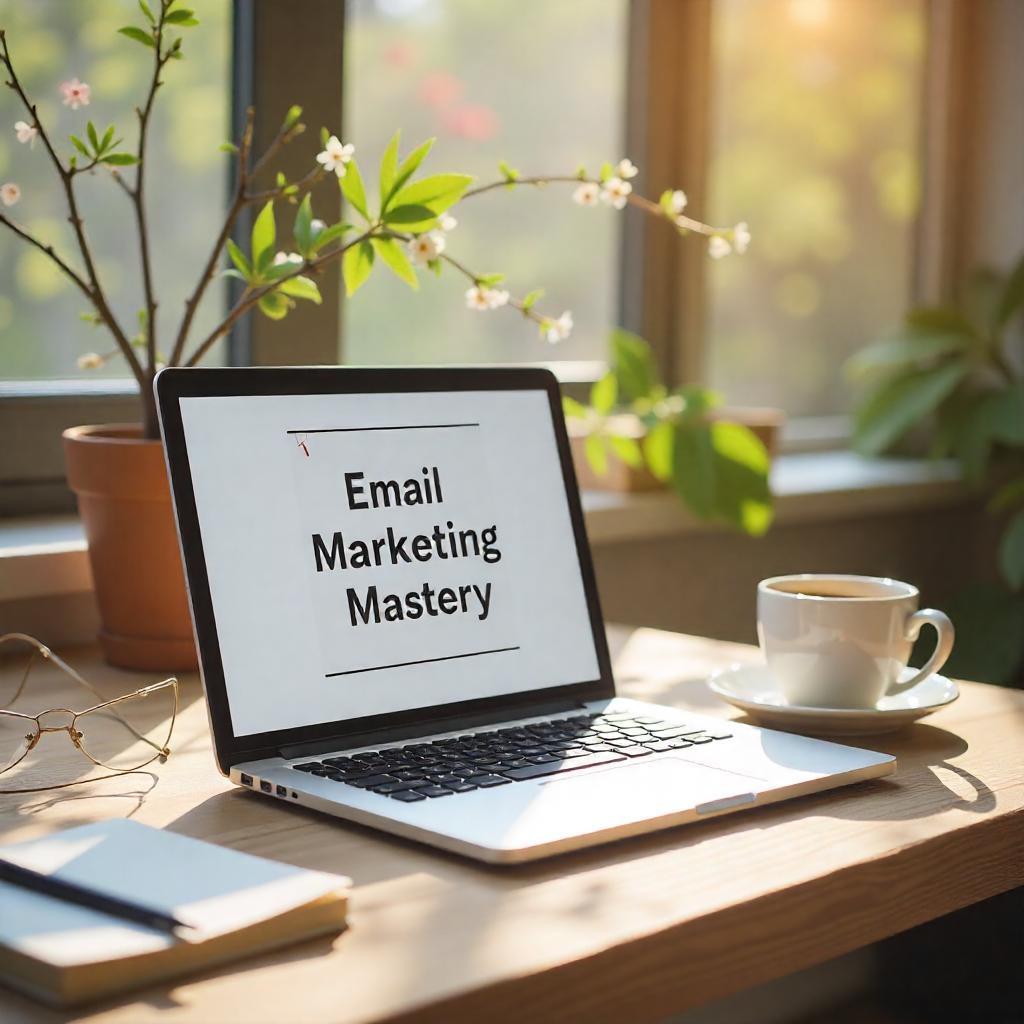Introduction
Email marketing remains one of the most powerful tools in a marketer’s arsenal. With an impressive return on investment (ROI), it enables businesses to foster relationships with their audience through targeted, personalized communication. Crafting an effective newsletter is key to maximizing these benefits.
Building Your Email List
The foundation of successful email marketing lies in a robust subscriber list: Strategies for Growth: Use lead magnets such as exclusive content, discounts, or free trials to entice potential subscribers. Promoting sign-up forms on your website and social media can also help. Compliance: Ensure that your email collection practices comply with regulations like GDPR and CAN-SPAM. Always obtain explicit consent before sending marketing emails.
Creating Compelling Content
The content of your newsletters should engage and inform:
- Engaging Subject Lines: Craft subject lines that grab attention and encourage opens. Use action-oriented language and keep them concise.
- Visual Appeal: Utilize a clean and visually appealing design that aligns with your brand. Include images and graphics to enhance readability.
- Choosing the Right Platforms: Select platforms that align with your target audience and business objectives. For instance, B2B companies may find LinkedIn more effective, while B2C brands may thrive on Instagram or Facebook.
Segmentation and Personalization
Segmentation allows for targeted messaging that resonates with specific audience groups:
- Targeted Campaigns: Segment your audience based on demographics, purchase history, or engagement levels. This enables you to tailor your content to meet the needs of different groups.
- Personalization Techniques: Use dynamic content to personalize emails. Address recipients by their name and recommend products based on their previous purchases.
Automation for Efficiency
Marketing automation can streamline your email campaigns:
- Automated Workflows: Set up automated email sequences for various customer journeys, such as welcome emails for new subscribers or reminders for abandoned carts. This ensures timely and relevant communication.
- Automation Tools: Utilize platforms like Mailchimp, ActiveCampaign, or HubSpot to manage your automated campaigns efficiently.
Analyzing Performance
To gauge the effectiveness of your email marketing efforts, track essential metrics:
- Key Metrics: Monitor open rates, click-through rates (CTR), conversion rates, and unsubscribe rates. Analyzing these metrics provides insights into what resonates with your audience.
- A/B Testing: Conduct A/B tests on subject lines, content, and design elements to optimize your newsletters continually.
A well-executed email marketing strategy can enhance customer engagement and drive conversions. By focusing on list building, personalized content, and performance analysis, businesses can leverage email marketing as a powerful tool for growth.


